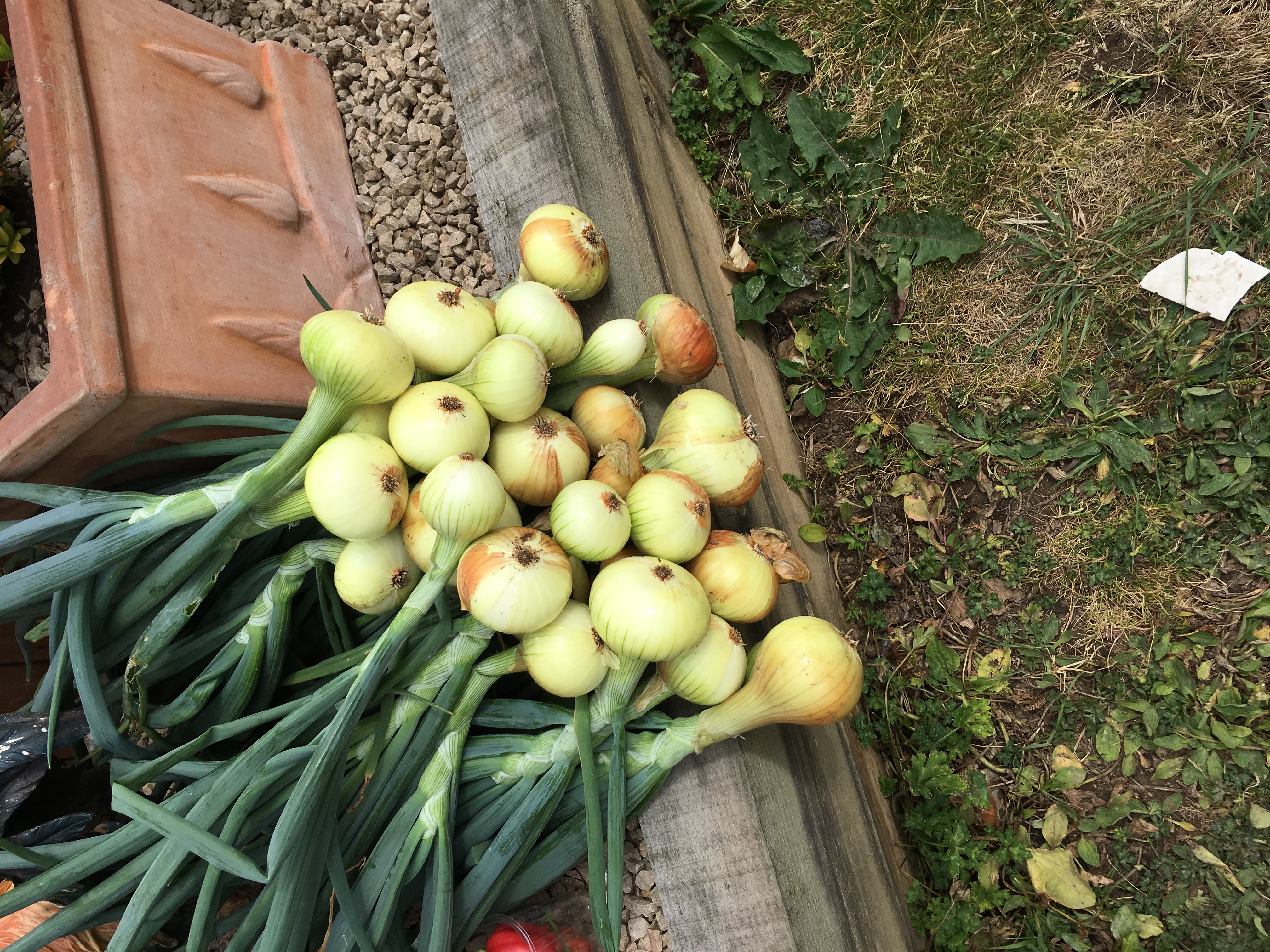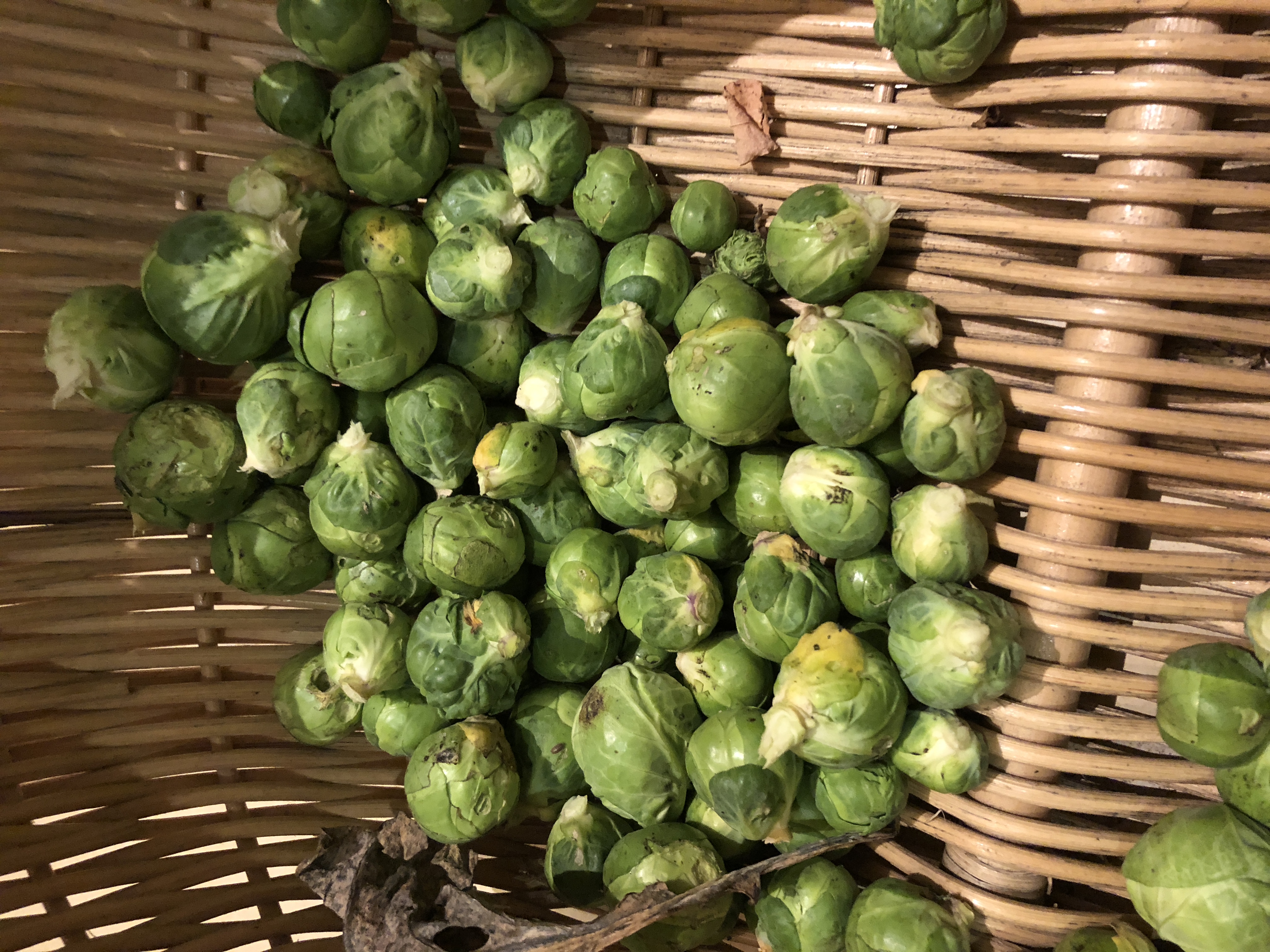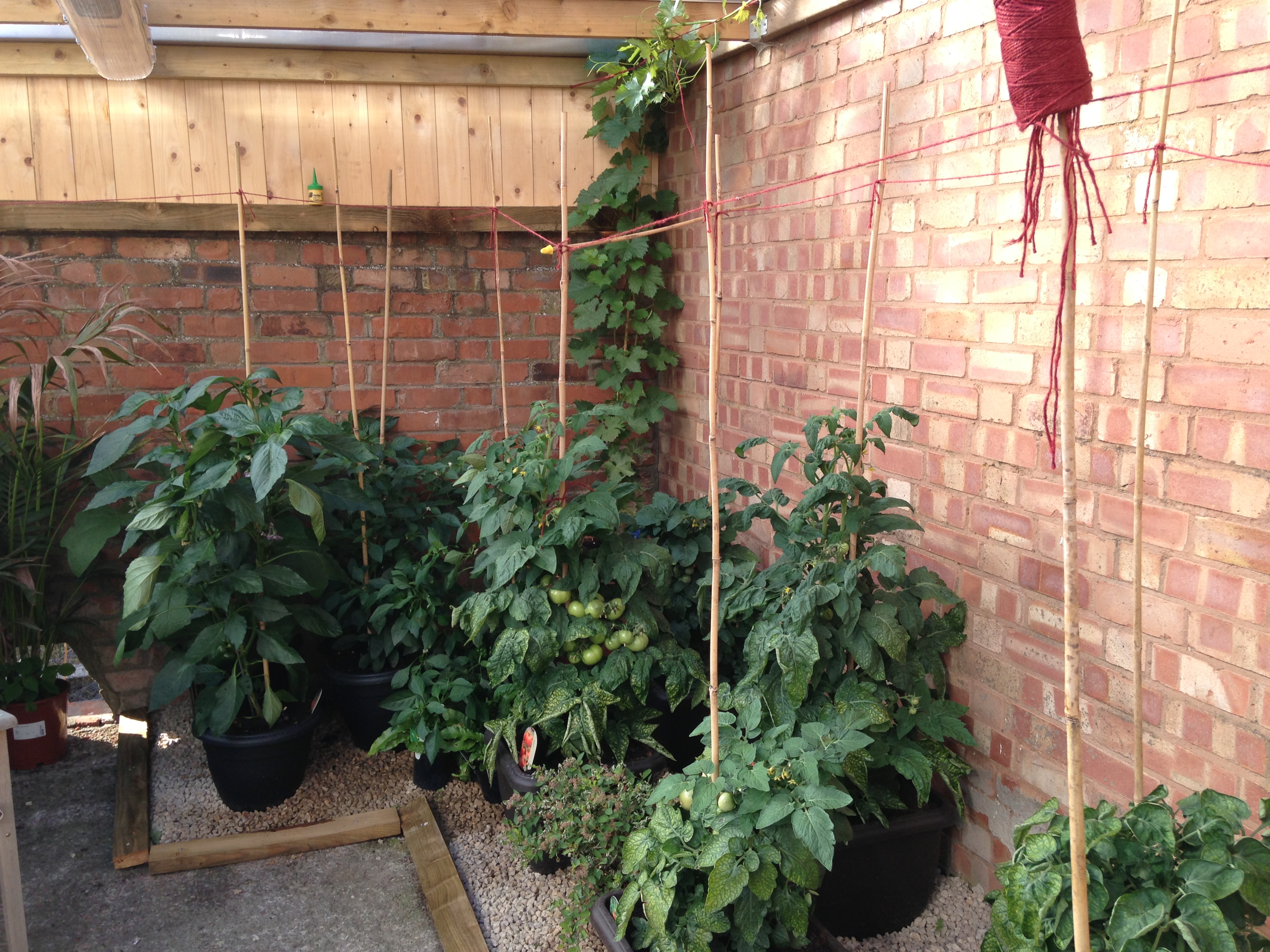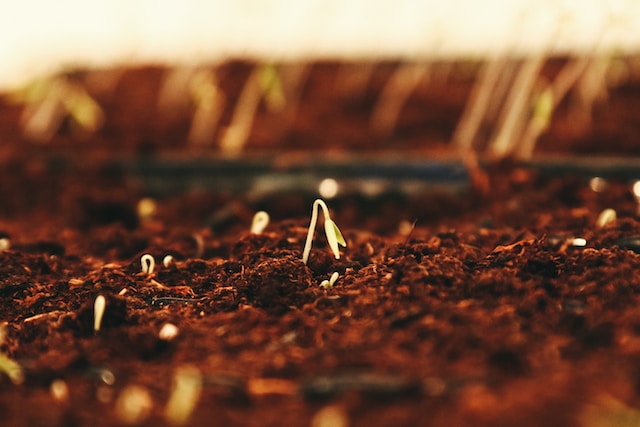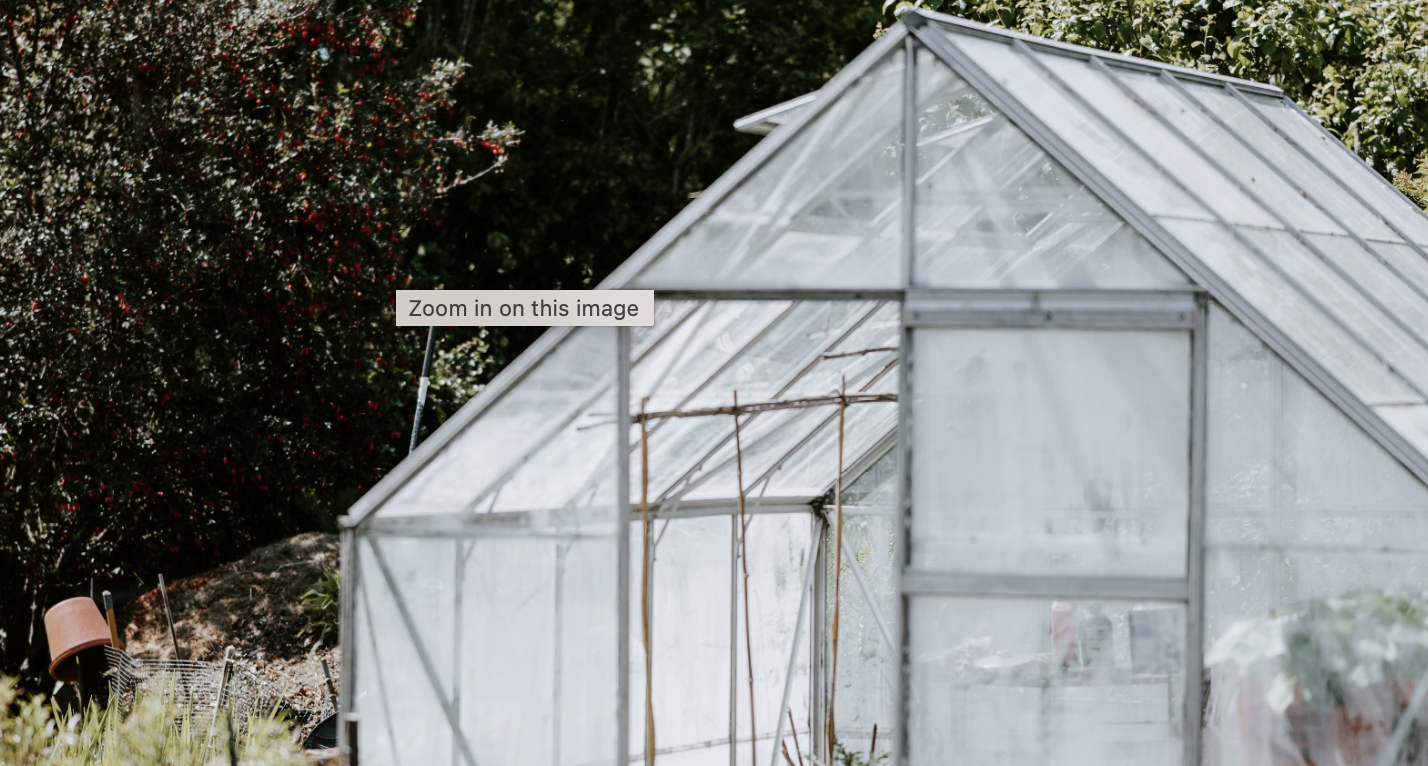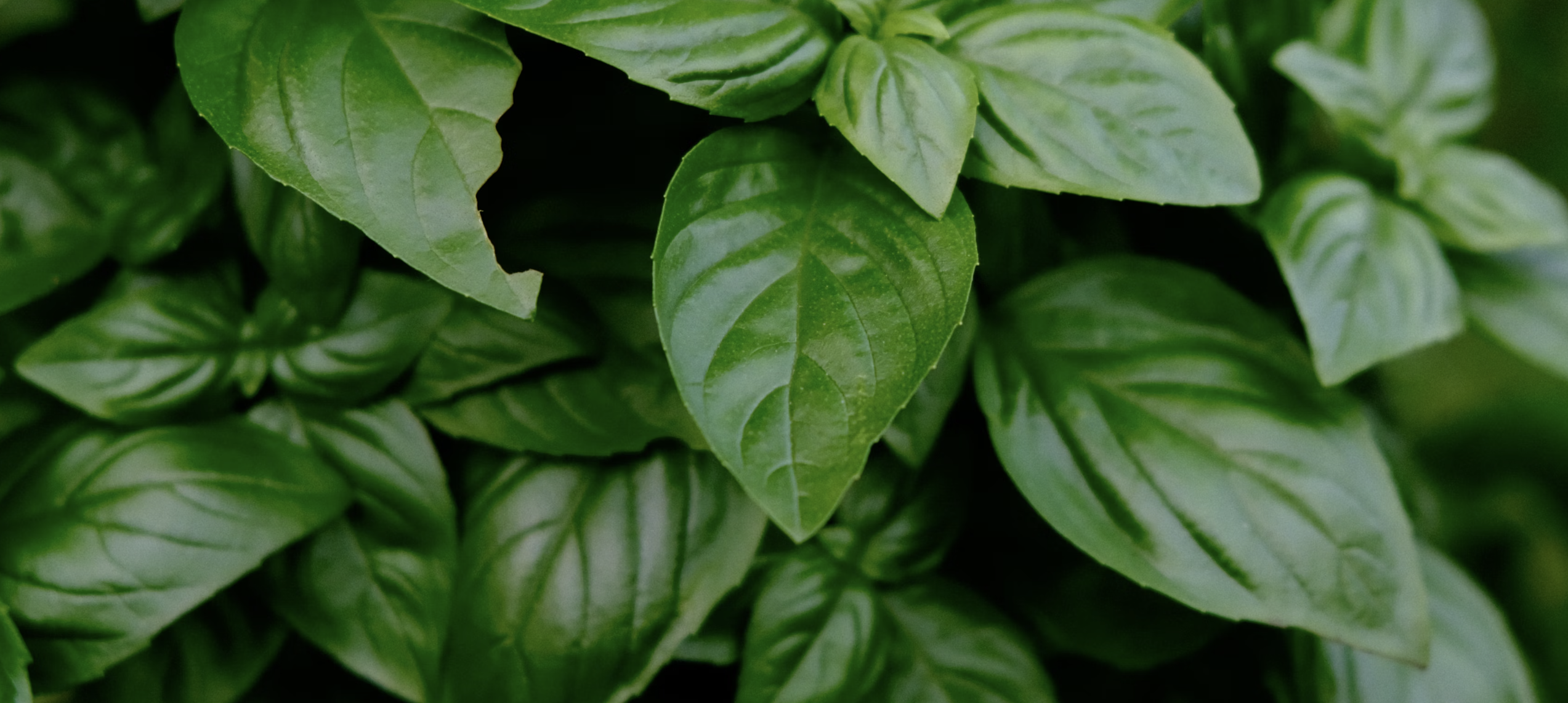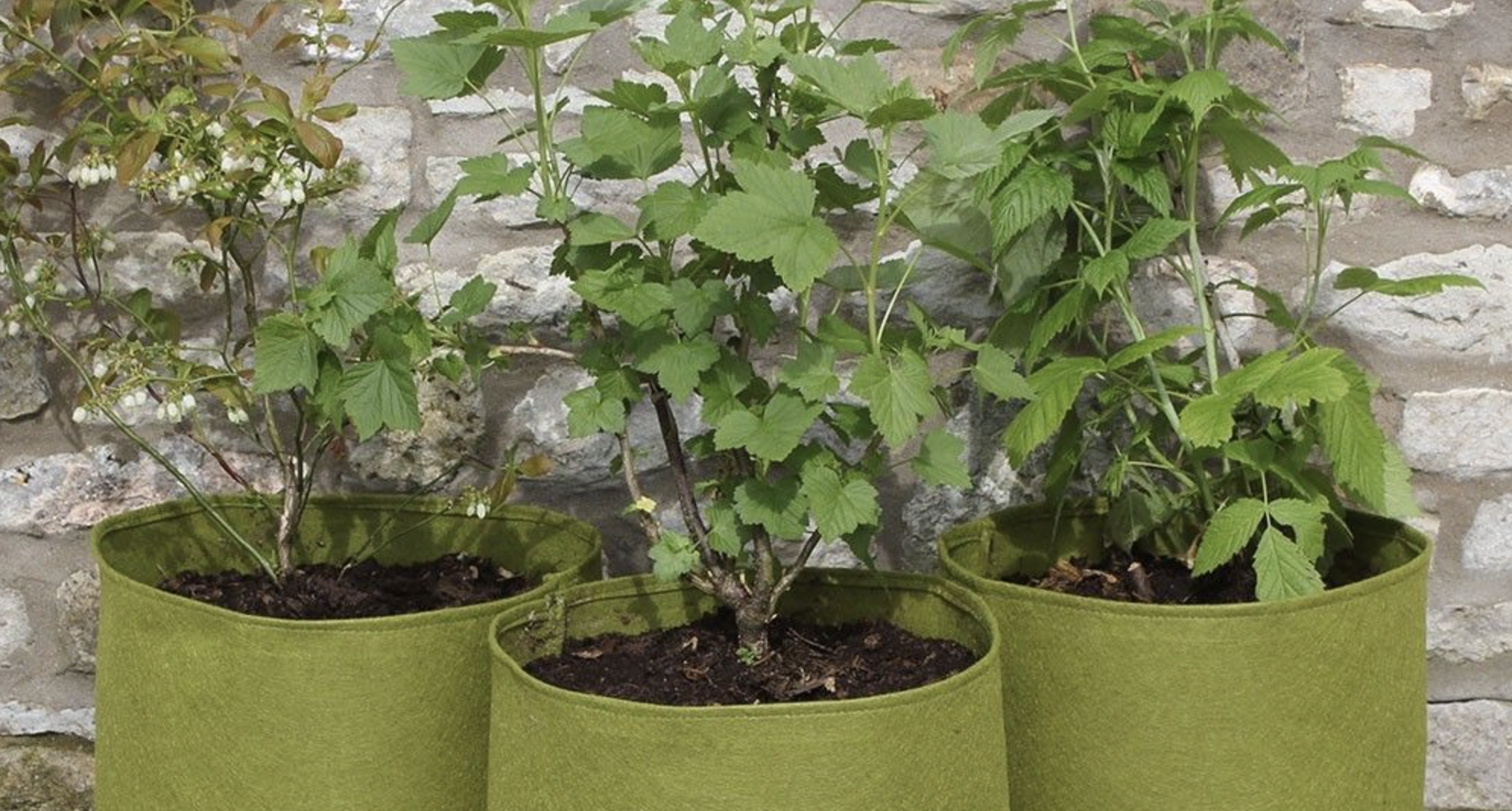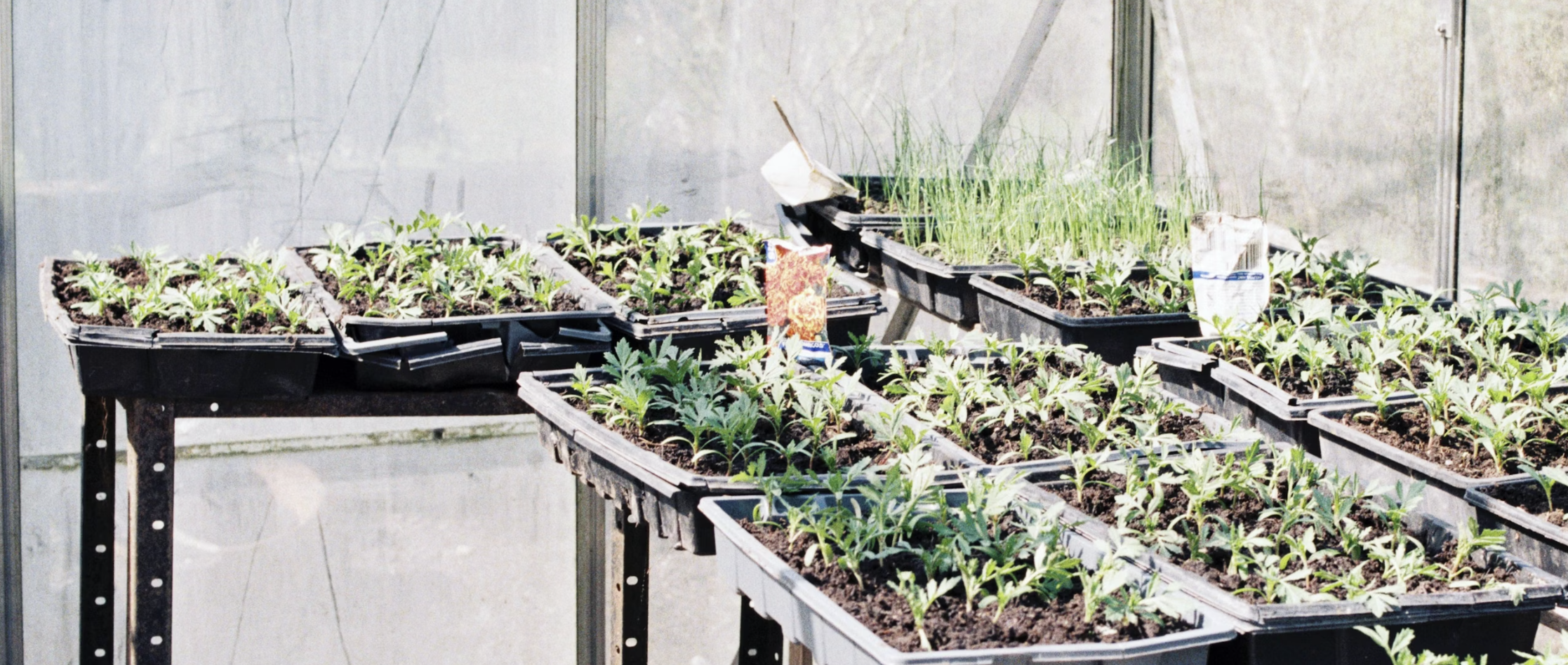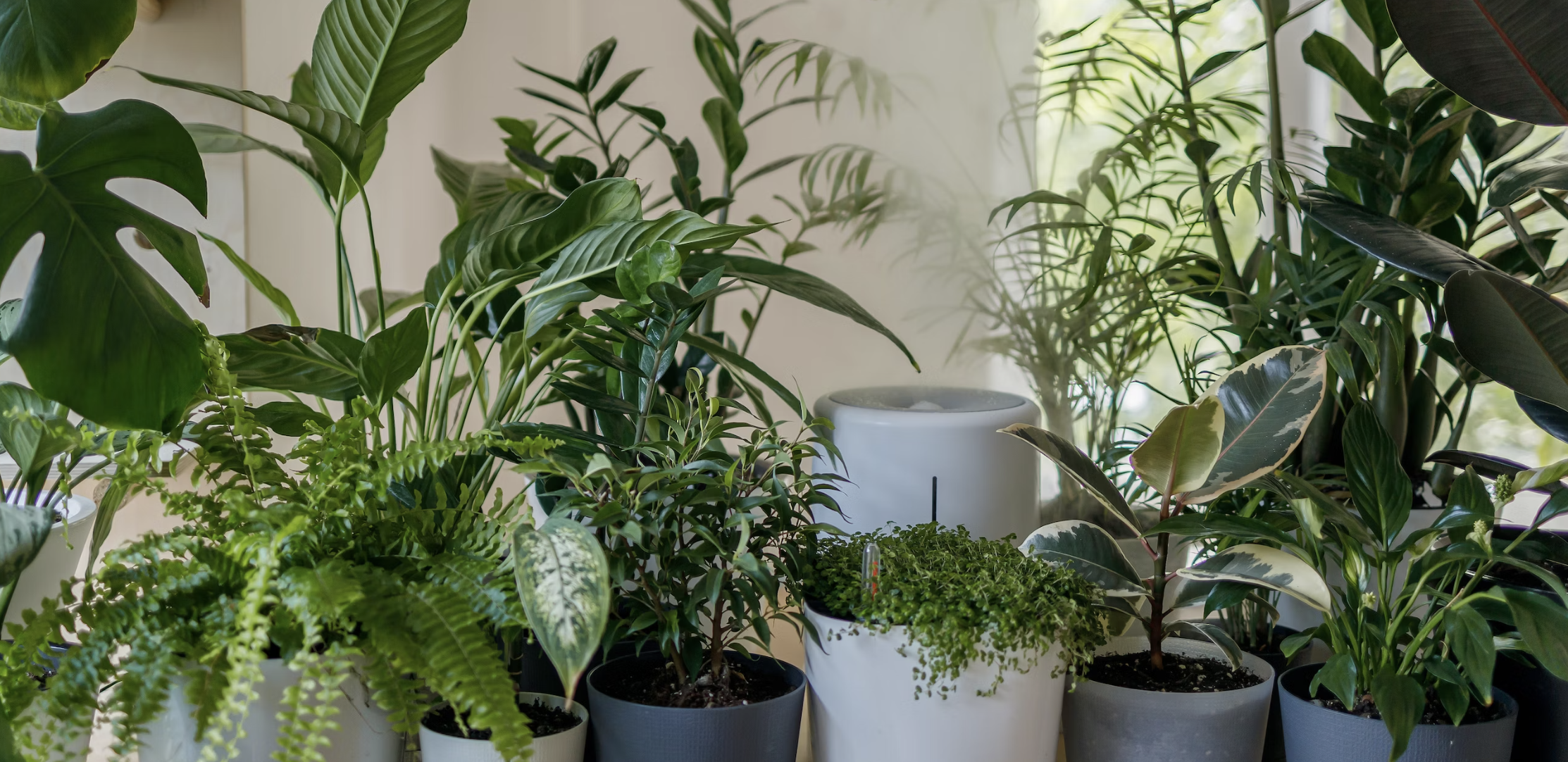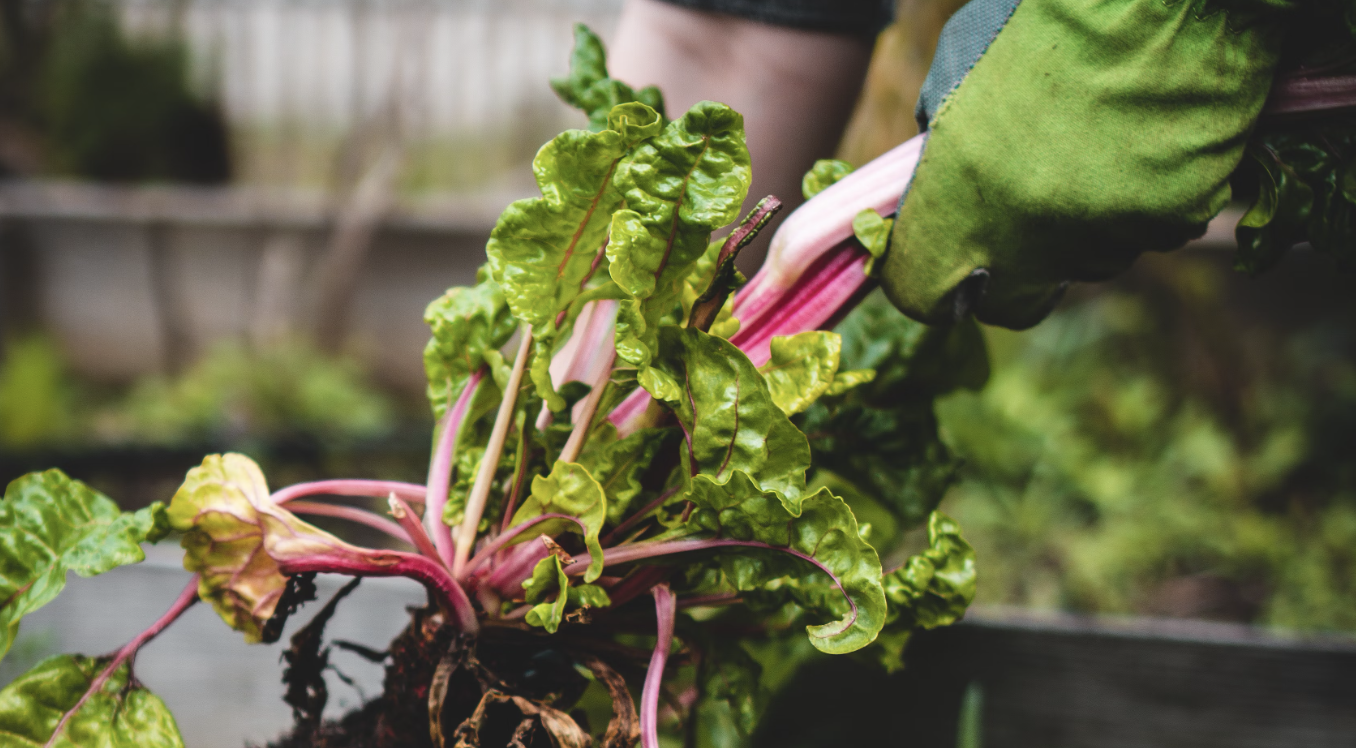
Having a green thumb is a wonderful thing, but it often comes with a price – pricked fingers, cuts, and scrapes. However, this doesn't have to be the case. Investing in quality gardening gloves can transform your gardening experience from a thorny affair to a seamless and enjoyable one.
Gardening gloves offer more than just protection; they are the perfect tool to help you tackle any gardening task, big or small. Whether you're pruning roses, digging in the soil, or pulling out weeds, durable gloves provide the grip and dexterity needed to handle sharp thorns and rugged terrain. They shield your hands from moisture, blisters, and pesky critters that may lurk in the soil.
Not all gloves are created equal, though. Cheap gloves may wear out quickly, leaving your hands vulnerable to injuries. That's why investing in quality gardening gloves is essential for any avid gardener. With the right pair, you can ensure comfort, durability, and protection, allowing you to fully immerse yourself in your garden without worrying about scratches and cuts.
So, whether you have a flourishing garden or just getting started, make sure to equip yourself with the right gardening gloves – an investment that will save your hands and enhance your gardening experience.
Benefits of investing in quality gardening gloves
Gardening gloves are often underestimated by many gardeners, but they play a vital role in maintaining the health and safety of your hands. Not only do they protect you from thorns and sharp objects, but they also shield your skin from harmful chemicals and irritants found in fertilizers and pesticides.
Wearing gloves while gardening can prevent the transmission of bacteria and fungi that may be present in the soil. They act as a barrier between your hands and the dirt, reducing the risk of infections and allergic reactions. Additionally, gloves provide insulation, keeping your hands warm during colder months and preventing calluses and dryness.
Investing in quality gardening gloves is not just about protecting your hands; it's about ensuring that you can enjoy your garden for years to come. By keeping your hands safe and healthy, you can spend more time doing what you love without the fear of injuries or discomfort.
Different types of gardening gloves
1. Comfort: Quality gardening gloves are designed with comfort in mind. They are made from materials that allow your hands to breathe, preventing sweat build-up and discomfort. Adjustable straps and elastic cuffs ensure a snug fit, preventing dirt and debris from entering the gloves.
2. Durability: Cheap gloves may seem like a cost-effective option initially, but they often wear out quickly. Investing in quality gloves means you won't have to replace them as frequently, saving you money in the long run. High-quality materials and reinforced stitching ensure that your gloves can withstand the rigors of gardening.
3. Protection: The primary purpose of gardening gloves is to protect your hands, and quality gloves excel in this aspect. They are specifically designed to withstand thorns, prickly branches, and sharp garden tools. Some gloves even have additional padding in high-impact areas, providing extra protection against injuries.
4. Grip and Dexterity: Quality gardening gloves offer excellent grip and dexterity, allowing you to handle delicate plants and perform intricate tasks with ease. They have textured palms and fingers that provide traction, ensuring a firm hold on tools and preventing accidental slips.
Investing in quality gardening gloves is not just a luxury; it's a necessity for any gardener who wants to enjoy their hobby without compromising their safety and comfort.
Factors to consider when choosing gardening gloves
When it comes to gardening gloves, one size does not fit all. There are various types of gloves available, each designed for specific gardening tasks and preferences. Understanding the different options can help you choose the right pair for your needs.
1. Leather Gloves: Leather gloves are a popular choice among gardeners due to their durability and flexibility. They provide excellent protection against thorns, while still allowing for dexterity. Leather gloves are ideal for heavy-duty tasks such as pruning and handling rough materials.
2. Nitrile Gloves: Nitrile gloves are made from a synthetic rubber material that offers exceptional puncture resistance. They are perfect for tasks that require protection against chemicals and irritants, such as applying fertilizers or handling pesticides. Nitrile gloves are also latex-free, making them a suitable option for individuals with latex allergies.
3. Cotton Gloves: Cotton gloves are lightweight and breathable, making them comfortable to wear for extended periods. While they may not provide as much protection as leather or nitrile gloves, they are great for light gardening tasks, such as planting seeds or pulling out weeds. Cotton gloves are also ideal for individuals with sensitive skin.
4. Rubber Gloves: Rubber gloves are waterproof and offer protection against moisture, making them suitable for wet gardening tasks like watering plants or handling wet soil. They are easy to clean and provide good grip, ensuring that you can handle tools and objects without slipping.
Consider the type of gardening you do and the specific tasks you perform when choosing the right gloves. Having a few different pairs for different purposes can enhance your gardening experience and ensure that you have the right protection for every job.
How to properly care for gardening gloves
Purchasing gardening gloves can be overwhelming with the wide variety of options available. To make an informed decision, consider the following factors:
1. Size: Proper fit is crucial for gloves to be effective. Gloves that are too loose may cause blisters, while gloves that are too tight can restrict movement. Measure your hand size accurately and refer to the manufacturer's sizing guide when selecting gloves.
2. Material: Different materials offer varying levels of protection, comfort, and durability. Leather gloves are known for their toughness, while cotton gloves are lightweight and breathable. Consider the tasks you'll be performing and choose a material that suits your needs.
3. Thickness: Gloves come in various thicknesses, depending on the level of protection required. Thicker gloves offer more resistance against sharp objects, but may sacrifice dexterity. Thinner gloves provide better flexibility but may offer less protection.
4. Grip: Look for gloves with textured palms and fingers to ensure a secure grip on tools and objects. This will prevent accidental slips and make handling tasks easier.
5. Cuff Length: The length of the cuff determines how much protection your wrists and forearms receive. Longer cuffs provide more coverage, protecting against scratches and irritants that may enter from the top of the glove.
By considering these factors, you can make an informed decision and choose gloves that meet your specific gardening needs.
Reviews of top gardening glove brands
To prolong the life of your gardening gloves and ensure their effectiveness, proper care is essential. Follow these tips to keep your gloves in top condition:
1. Clean Regularly: After each use, shake off any dirt or debris from your gloves. If they are heavily soiled, rinse them with water and mild soap. Avoid using harsh chemicals or bleach, as they can damage the gloves.
2. Air Dry: Allow your gloves to air dry completely before storing them. Avoid exposing them to direct sunlight or using a dryer, as high heat can cause the gloves to shrink or lose their shape.
3. Store Properly: Store your gloves in a cool, dry place to prevent mildew or mold growth. Consider hanging them or using a glove clip to keep them organized and easily accessible.
4. Inspect for Damage: Regularly inspect your gloves for any signs of wear or damage. Replace them if you notice holes, tears, or significant deterioration. Damaged gloves may compromise your safety and provide inadequate protection.
By taking proper care of your gardening gloves, you can extend their lifespan and ensure that they continue to provide the necessary protection for your hands.
Where to buy quality gardening gloves
When it comes to investing in quality gardening gloves, there are several reputable brands to choose from. Here are reviews of some of the top brands known for their outstanding gloves:
1. Atlas: Atlas gloves are renowned for their exceptional grip and dexterity. They offer a wide range of gloves suitable for various gardening tasks. Their gloves are made from high-quality materials and provide excellent protection against thorns and sharp objects.
2. Bionic: Bionic gloves feature an ergonomic design that enhances comfort and flexibility. They are engineered to fit the natural contours of the hand, providing maximum grip and reducing hand fatigue. Bionic gloves are highly durable and offer superior protection.
3. West County Gardener: West County Gardener gloves are known for their excellent craftsmanship and attention to detail. They offer a variety of gloves suitable for different gardening needs, all made from high-quality materials. West County Gardener gloves are designed to last and provide optimal protection and comfort.
4. Showa: Showa gloves are recognized for their innovation and advanced technology. They are known for their exceptional grip, flexibility, and durability. Showa gloves are designed to withstand the toughest gardening tasks while ensuring maximum comfort.
These brands have consistently delivered high-quality gloves that meet the needs and expectations of gardeners worldwide. Consider their offerings when looking for reliable and long-lasting gardening gloves.
DIY gardening glove alternatives
Now that you understand the importance of investing in quality gardening gloves, you may be wondering where to find them. Here are some places where you can purchase reliable gardening gloves:
1. Garden Centers: Local garden centers often carry a wide selection of gardening gloves, allowing you to try them on and assess their quality before making a purchase. The knowledgeable staff can provide guidance and help you find the right pair for your needs.
2. Online Retailers: Online retailers such as Amazon, Gardener's Supply Company, and Home Depot offer a vast range of gardening gloves. They provide detailed product descriptions, customer reviews, and convenient delivery options. Be sure to read customer reviews to get a sense of the quality and fit of the gloves before purchasing.
3. Specialty Stores: Some specialty stores focus specifically on gardening supplies and equipment. These stores often carry a curated selection of high-quality gardening gloves, ensuring that you have access to the best options available.
When purchasing gardening gloves, it's important to choose a reputable seller to ensure you receive genuine, high-quality products.
Common gardening glove mistakes to avoid
If you find yourself in need of gardening gloves but don't have access to a store or want to explore alternatives, there are DIY options you can consider. While these alternatives may not offer the same level of protection as purpose-made gloves, they can still provide some defense against thorns and dirt. Here are a few ideas:
1. Rubber Dishwashing Gloves: Rubber dishwashing gloves can be a quick and accessible alternative for light gardening tasks. They offer waterproof protection and some resistance to thorns.
2. Old Socks: If you're in a pinch, you can repurpose old socks by wearing them over your hands. While not ideal, they can provide a basic barrier between your skin and the elements.
3. Tape or Bandages: For small gardening tasks, you can use adhesive tape or bandages to protect your fingers. Wrap them around your fingertips to prevent scratches and cuts.
While these alternatives may not be as comfortable or durable as purpose-made gardening gloves, they can serve as temporary solutions until you can invest in proper gloves.
Conclusion: Why quality gardening gloves are worth the investment
Even with the right gardening gloves, there are common mistakes that gardeners often make, compromising their safety and comfort. Avoid these mistakes to ensure that your gardening gloves serve you well:
1. Choosing the Wrong Size: Ill-fitting gloves can hinder your gardening experience. Take the time to measure your hand size accurately and refer to the manufacturer's sizing guide when selecting gloves.
2. Not Inspecting Gloves Regularly: Regularly inspect your gloves for any signs of wear or damage. Replace them if you notice holes, tears, or significant deterioration.
3. Not Cleaning Gloves Properly: Neglecting to clean your gloves after each use can lead to the buildup of dirt, bacteria, and fungi. Clean and dry your gloves properly to maintain their effectiveness.
4. Using Gloves for the Wrong Tasks: Different gloves are designed for specific tasks. Using the wrong gloves can compromise their effectiveness and put your hands at risk. Choose gloves that are suitable for the task at hand.
5. Storing Gloves Improperly: Improper storage can cause gloves to lose their shape, develop mold, or become damaged. Store your gloves in a cool, dry place to maintain their quality.
By avoiding these mistakes and following proper glove care practices, you can ensure that your gardening gloves provide optimal protection and longevity.




